Using Amazon in Japan is more straightforward than using some of the country’s other popular ecommerce platforms like Rakuten or Yahoo! Shopping. However, even with the platform’s fulfilment support and features to accommodate foreign brands, there’s still so much you need to know to make sure you are using Amazon to its fullest potential.
Whether it’s tailoring your product pages for a Japanese audience, using proper SEO marketing for Amazon, or taking advantage of Amazon programs to increase your product’s appeal such as Amazon Points or Vine, success on Amazon Japan requires preparation and consistent optimization. Let’s dive into what you need to do to make sure you can find that success and not accidently leave revenue on the table.
The Japanese Ecommerce Landscape in 2022
If you’re reading this post, you probably have some understanding of what makes the Japanese ecommerce market so attractive to Western merchants and brands, but nevertheless, below is a short reminder.
- Shopping online in Japan has become incredibly convenient and consumers purchase a huge range of products and services digitally
- Ecommerce growth is driven today by the nation’s strong infrastructure networks, widespread internet penetration, and highly dense populations of urban consumers making up over 90% of the population
- Japan is still among the richest countries in the world and has an appetite for modern technology, premium products and popular international brands
- Japan has the fourth largest retail ecommerce market in the world, beaten only by China, the US and the UK
Forecasted Ecommerce Growth in Japan
| Year | Revenue in million US$ |
| 2017 | 72,647 |
| 2018 | 80,729 |
| 2019 | 88,110 |
| 2020 | 104,639 |
| 2021 | 112,465 |
| 2022 | 120,292 |
| 2023 | 128,054 |
| 2024 | 135,666 |
| 2025 | 143,279 |
Source: Statista
Key Drivers of Online Purchases
| Platform feature | % who are most likely to buy a product online due to the following |
| Free delivery options | 69% |
| Coupons | 53% |
| Reviews | 29% |
Source: GWI
What Types of Platforms do Shoppers Enjoy?
| Shopping Malls (Amazon, Rakuten etc.) | 94.2% |
| Manufacturer’s Brand Websites | 40.9% |
| Home Electronic Stores | 33.1% |
| Online Auction Sites | 27.3% |
| Flea Market Websites and Applications | 24.9% |
| Supermarkets | 11.4% |
| Retails Stores | 11.3% |
| Department Stores | 7.9% |
| Convenience Stores | 5.6% |
| None of the Above | 3.1% |
Source: Statista
What Do Consumers Buy Online in 2022?
| Product Type | % of Shoppers |
| Groceries | 31 |
| Electronics | 24 |
| Beauty & personal care | 19 |
| Clothing/shoes | 18 |
| Household products | 14 |
| Luxury | 12 |
| Alcohol | 10 |
| Home & furniture | 10 |
| Medicine & healthcare | 9 |
| Financial products | 9 |
Source: GWI
HB Pro Tip: Japan’s ageing population has been identified as a potential barrier to economic growth, however, there is still very high personal wealth among older segments of society that make it perfect for brands selling products and services related to healthcare, medical equipment, pharmaceutical products, biotechnology, and safety equipment.
Shoppers by Age in Japanese Ecommerce
| Age | Market Share |
| 18-24 | 11.4% |
| 25-34 | 18.9% |
| 35-44 | 23.6% |
| 45-54 | 25.6% |
| 55-64 | 20.5% |
Source: Statista
Ecommerce Activity During Covid-19 in Japan
Some have described Japanese consumers as traditionally slow to adopt new behaviours, partly due to their ageing population. However, with the increase of people working from home since the pandemic started, even the most traditional of households have been transforming the way they shop — now looking online to fulfil many of their food, clothing and technology needs.
Although Japan hasn’t seen strict lockdowns when compared to many places in Europe, its multiple states of emergency and strong government advice to limit time outdoors in public spaces have encouraged people of all demographics to adopt online shopping at an unprecedented rate.
The fact that 41% of survey respondents in GWI’s 2021 report on Japan said they felt uncomfortable shopping indoors, while 69% felt uncomfortable dining indoors too, suggests this trend is likely to continue well into 2022 and potentially far beyond.
How to Sell On Amazon Japan – First Steps

Below is a breakdown of some of the most important steps all sellers need to make when they plan to sell on Amazon in Japan.
Making Preparations
Some products aren’t suitable for the consumer market in Japan, or would require some additional thought before being launched. One side of this is whether products actually match local desires and preferences in the right way. Even with an airtight ecommerce strategy, you won’t get far if Japanese consumers simply don’t see the appeal of your product, or would rather buy something similar from a domestic brand or seller.
To give you some confidence in this area, we would recommend doing some diligent market research and analysis before serious investments are made. It may be the case that your products are perfect, but just need some localization and adaptation in terms of your branding for the Japanese market.
Another important aspect you must consider is that some products are prohibited in Japan, and others may need you to get permission first before you can list your products on the Amazon marketplace. An initial check of the kind of products selling on Amazon today may help you understand if others are selling products similar to yours. You can also check Amazon Japan’s recommended product categories on Amazon Seller Central.
We would also recommend researching the specific distribution rights relating to specialist products, such as medical equipment, alcohol, or technology. If you have doubts about potential future barriers, reviewing the platform’s product registration rules and consulting with Amazon’s onboarding consultants could be a good first step. This will ensure you don’t face any issues when you move to the listing stage of your journey.
HB Pro Tip: When selling “sensitive” products like alcohol, it’s imperative that your product listings are 100% accurate. There’s no room for misinterpretation or mistranslation when selling certain types of products here and if your descriptions or labelling isn’t up to standard, you may be flagged by Amazon regulators or even the Japanese authorities who are increasingly militant about imported alcoholic beverages.
Tax And Import Regulations
International sellers must also be mindful of Japanese customs laws and regulations. All goods imported to Japan are subject to Import Consumption Tax and some are subject to customs duties. Typically, the amount of consumption tax payable is based on the customs value of your goods, plus customs duties and any other excise taxes.
Setting Up Your Account

Amazon offers a fairly straightforward registration wizard to new sellers designed to guide you through each step of the registration and set-up process. This is triggered when you click ‘Sign up’, ‘Get started’ or any other relevant CTA you encounter.
This initial process will be the same whether you’re a new Amazon seller or if you already use the platform in another market. Eventually, it will prompt you to submit the following documents/information:
- Company registration details (Company name, Business email address, Business license)
- Key information about owners and key team members
- Credit card
- Phone number (in order to also receive PIN verification)
- Bank account details (to receive sales)
- UPC/ EPN for your products
Choosing Your Plan
Amazon lets merchants choose between two selling plans.
- The Professional plan – For ecommerce businesses who sell more than 50 items per month. This plan is available for a 4,900 JPY monthly subscription fee plus per-item referral fees, which vary by category. This also lets sellers list products in certain categories that the basic plan doesn’t allow, as well as add new products to the Amazon catalogue.
- The Basic plan – For merchants selling fewer than 50 items per month. This requires you to pay Amazon a 100 JPY fee when you sell each item, plus referral fees, which vary by category. However, there are no ongoing membership/subscription payments necessary.
Amazon’s Linked International Accounts
If you already have an Amazon seller account, you can search for the ‘Sell Worldwide’ page for your home market to link your new Japanese account with an existing one. You’ll need to complete the same set-up as any new Amazon seller, but this will help to fast track the synchronisation process between your different markets.
Identity Verifications
Before you start selling, you’ll be asked to verify your identity, which will involve providing specific documents and details for the primary account holder, such as:
- A document proving national identity (Driver’s license, birth certificate)
- Bank account or credit card statement
HB Pro Tip: Make sure your documents are also clear and legible, valid (not expired), and exactly match the name used on your Amazon account during registration otherwise your application may be rejected.
Building Product Listings

If you’re only selling a small number of products, the ‘Add-a-Product’ tool may be all you need to upload your product listings. However, if you’re handling a large volume of inventory (including multiple variations), we would recommend using inventory file templates. This is essentially a Microsoft Excel spreadsheet that contains multiple data columns for describing your products using various attributes or information fields.
Build International Listings (BIL)
The Build International Listings (BIL) tool lets you create and update offers from a single marketplace to one or more target marketplaces. This means you can manage your Japanese inventory through your US marketplace. This is not possible unless you have successfully linked your accounts from two separate regions.
BIL lets you align your offers and prices based on the settings that you specify and currency exchange rates, saving yourself time when managing inventory across different geographic locations. You can also adjust prices periodically to reflect currency conversion fluctuations in the target marketplaces, as well as synchronise the prices and deals in target marketplaces.
International listings should help to propagate ratings and reviews across all your geographic markets if you use the same ASINs across different marketplaces. However, there are also challenges in doing this such as the difficulty in using the same product images, models, sizing charts, and description when you are trying to communicate to completely different audiences. If you’re selling with an international listing, you will only be able to choose one set of images and this can reduce your chances of connecting with customers for individual markets.
Ship And Fulfil
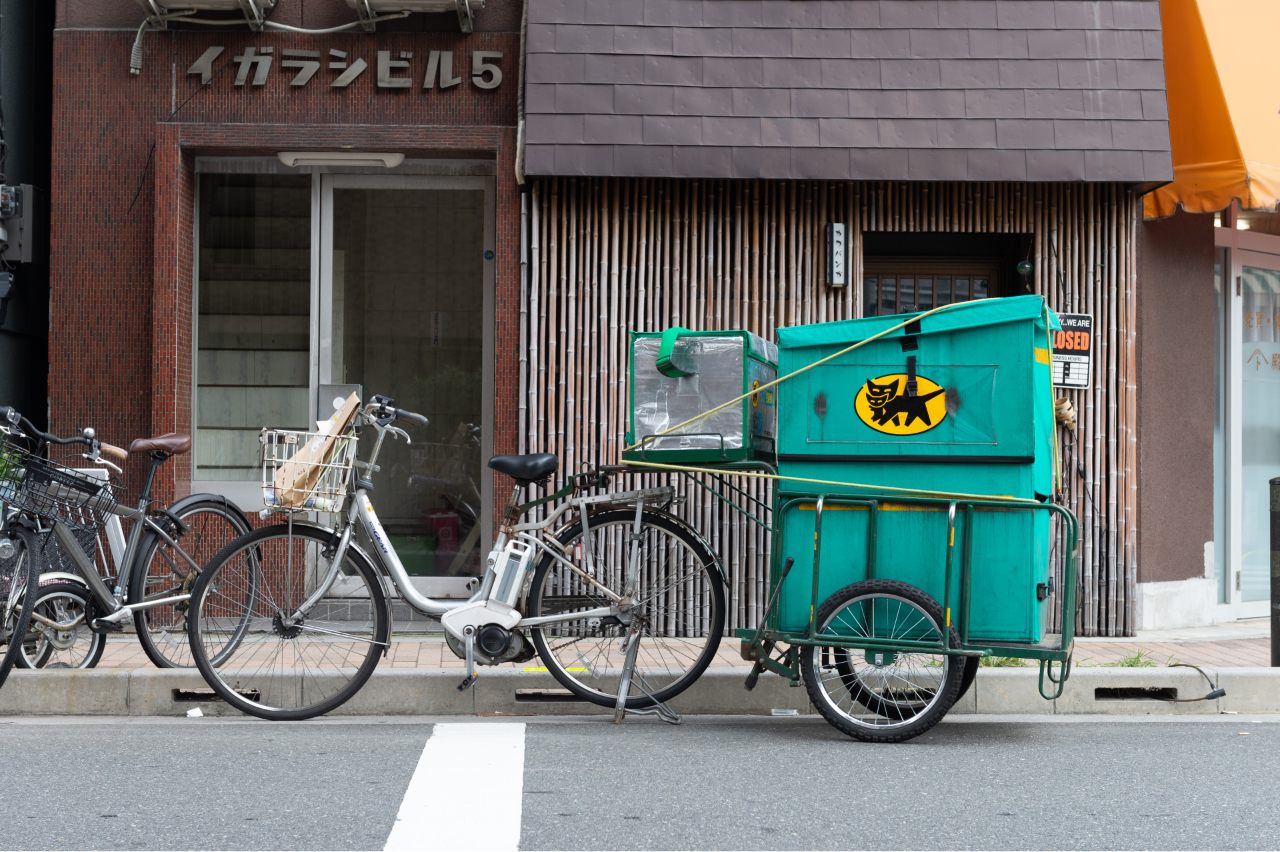
Japan is a nation where standards are incredibly high for delivery times and services. You can choose to ship products from storage in your own country (or other markets) into Japan, combining the support of international shipping services and local couriers (used for the last mile) to get products to your customers.
However, due to the need for fast deliveries and a low tolerance for delays (even if it’s’ just a few hours past an estimated delivery slot), it’s recommended to create a base in-country that you can distribute from.
Cross Border Shipping To Japan
Even if you’re using Amazon FBA (more on this below), you’ll first need to get your items to Japan. The platform may have some recommended service providers for this, but it will ultimately be up to you to get your inventory to its new market.
With global supply chains having been significantly disrupted since the pandemic, we would advise all merchants to plan quite far in advance when shipping their goods across borders to Japan.
No matter who you choose to help you with this process, you will need to provide an importer of record (IOR) and use delivery duty paid (DDP). This document records who is responsible for paying the fees for import duties and taxes. And while some shipping services and third-party solutions providers may be able to handle this for you, Amazon will not act as the IOR for FBA shipments in Japan.
HB Pro Tip: If you are operating as a foreign entity (with no legal business status in Japan) you will not be able to act as the Importer of Record (IOR) and must find someone (whether a company or individual) to act on your behalf – so keep this in mind when searching for international shipping partners.
How Does Amazon’s FBA Service Work In Japan?

To guarantee prompt deliveries and customer support in Japanese, many choose to leverage Amazon’s FBA service. Fulfilment By Amazon (FBA) is by far the simplest option for merchants who are looking to reduce the stress of organising logistics for Japan.
When someone orders and pays for one of your products through the Amazon Japan platform, Amazon will process the transaction for you and collect and ship out your product from their warehouse (where your items will be stored at a cost). They will handle packaging and make sure that the customer is notified of the parcel’s journey progress.
The setup process looks like this:
- Apply for merchant status and register your business
- Send your products to Amazon’s FBA warehouse (in Japan)
- Let Amazon categorise and store your products
- Wait for customers to buy your products
- Amazon ships your product out
- Amazon handles most of the customer service (more on this below!)
- You receive payment
The FBA service also comes with a few additional features, like basic customer service in Japanese, as well as help handling refunds, requests and returns.
With FBA in Japan, you only pay fulfilment and storage fees for the services you use. This is based on the volume of goods as well as size. Once you’ve registered, you should be able to use the FBA fees simulator, which will calculate the estimated fees you’ll be expected to pay for inventory. You can also take a look at the fees and rate structure of the Japanese FBA information page.
To learn more about this topic, take a look at our popular blog: Ecommerce Logistics in Japan – Understanding Japanese Fulfilment and Cross Border Delivery Options
Choose a Reliable Delivery Partner
There are also several domestic shipping and delivery companies that can support your ecommerce operations in Japan. If you’re not using Amazon’s FBA program, one of these may be able to help you with the final steps of your delivery logistics. The three biggest delivery companies operating in Japan today are:
- Yamato Transport
- Sagawa
- Japan Post
Managing the Day-to-Day

When you use FBA, Amazon will provide 24-hour customer support on your behalf in Japanese. This can be critical to selling in international stores successfully and overcoming any trust and reputational issues customers might have when buying from foreign brands and sellers.
Amazon will also handle local returns on your behalf for any FBA orders, so you don’t have to worry about providing a local return address, implementing restocking fees, or offering partial refunds. However, if you choose not to go with Amazon’s program and choose to fulfil customer orders yourself you must handle all aspects of customer support yourself.
To do this, you need a strong team of native Japanese speakers who are proficient in handling the day-to-day operations involved in ecommerce selling. In a country with one of the highest standards for customer service, anything short of amazing communication skills from your customer service team will leave you looking sloppy and unprofessional.
While some merchants are tempted to go with third party providers who can handle deliveries while they themselves take care of customer service and returns, we strongly recommend you consider the overall burden and cost of doing this. Even the most straightforward logistic strategies will require constant oversight and management from a team in Japan.
How to Build Powerful Product Pages On Amazon Japan in 2022

High-quality listings are so important to selling on Amazon Japan. As well as engaging images and descriptions, you will need to make sure you include a good proliferation of keywords to support SEO on the Amazon search engine.
Some of the essentials all product listings on Amazon Japan should include are:
- Explanations of exactly how products can be used, including descriptions of things you may assume people would know already
- Comprehensive descriptions of materials, ingredients and technology components
- Visual representations of all product variations (colours, sizes etc.)
- Information about where products were manufactured
Explain Everything
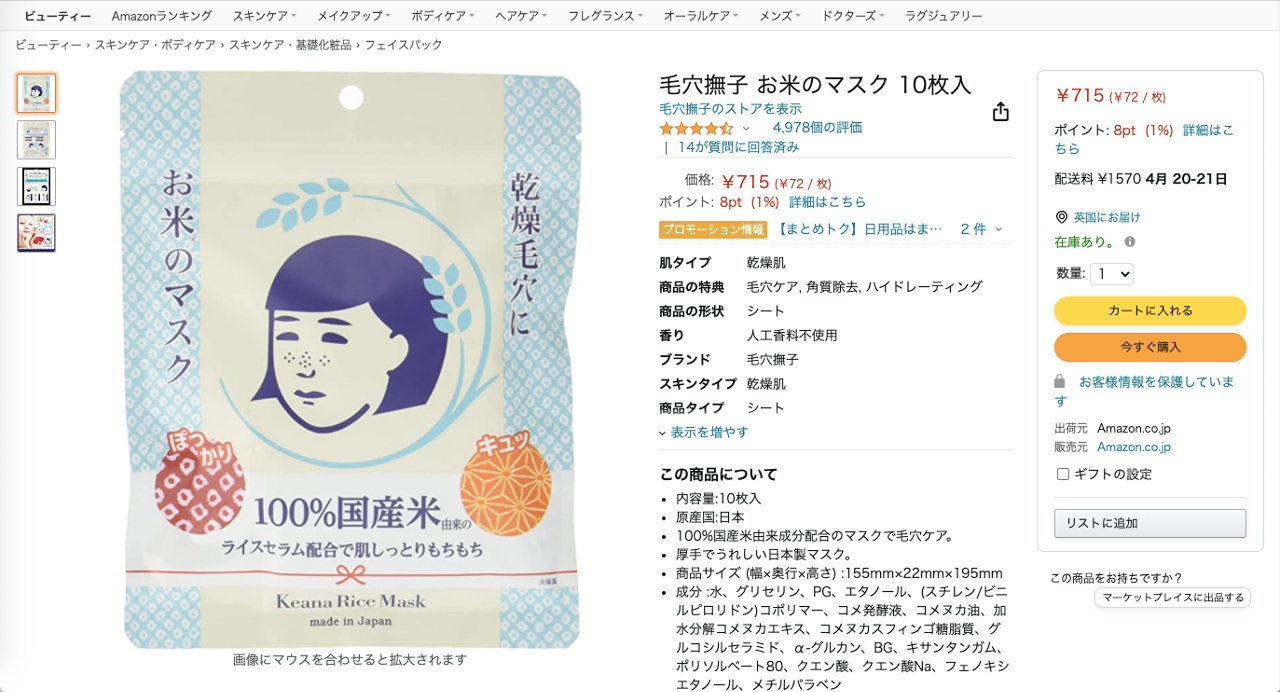
This product listing by Pore Nashiko Rice for their face masks is a great example of the level of detail Japanese customers expect when they buy health and beauty products.
As well as a comprehensive description of what the customer receives in their package, there’s an extremely in-depth description of what the product is made from, where it was made, and how it should be used.
While you could assume that someone buying a facemask will know how to use one, more or less, this kind of information is still fundamental to a product description on Amazon Japan. The manufacturer’s explanation also offers a full table explaining how this product compares to other products from its range, in terms of contents and specific benefits.
Don’t Leave Anything to Imagination
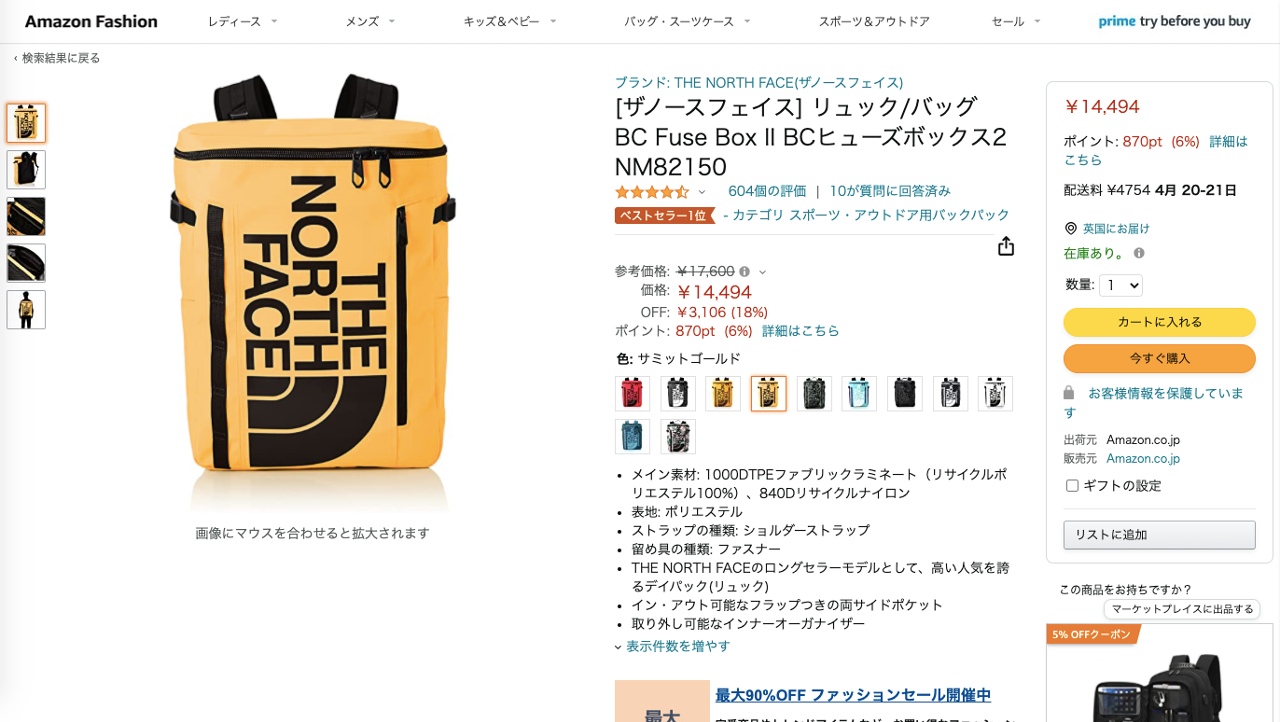
This North Face product listing highlights how customers appreciate a focus on small features and elements of the product, with individual items receiving their own image and description, such as zippers and pockets.
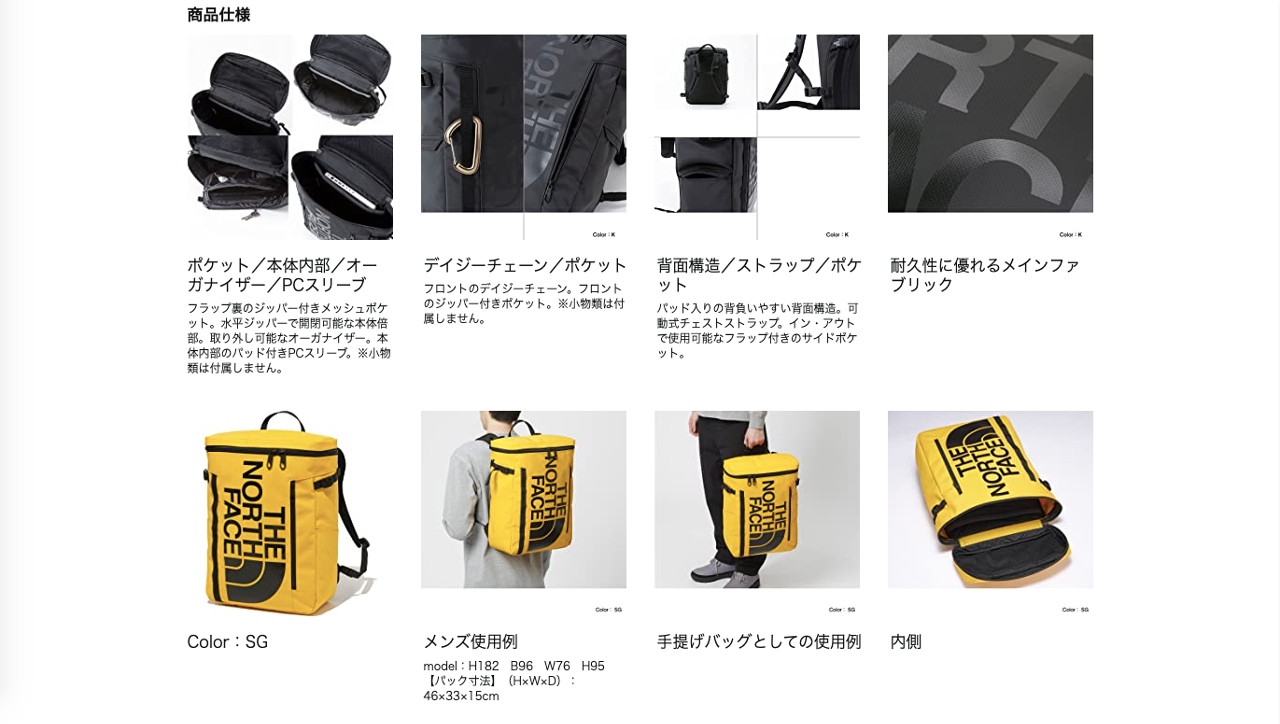
While some retailers simply offer a top-level example of each colour variation, this listing allows browsers to cycle through each variation in full, while the product images update accordingly – not leaving anything to your imagination.
Go Beyond Basic Product Images
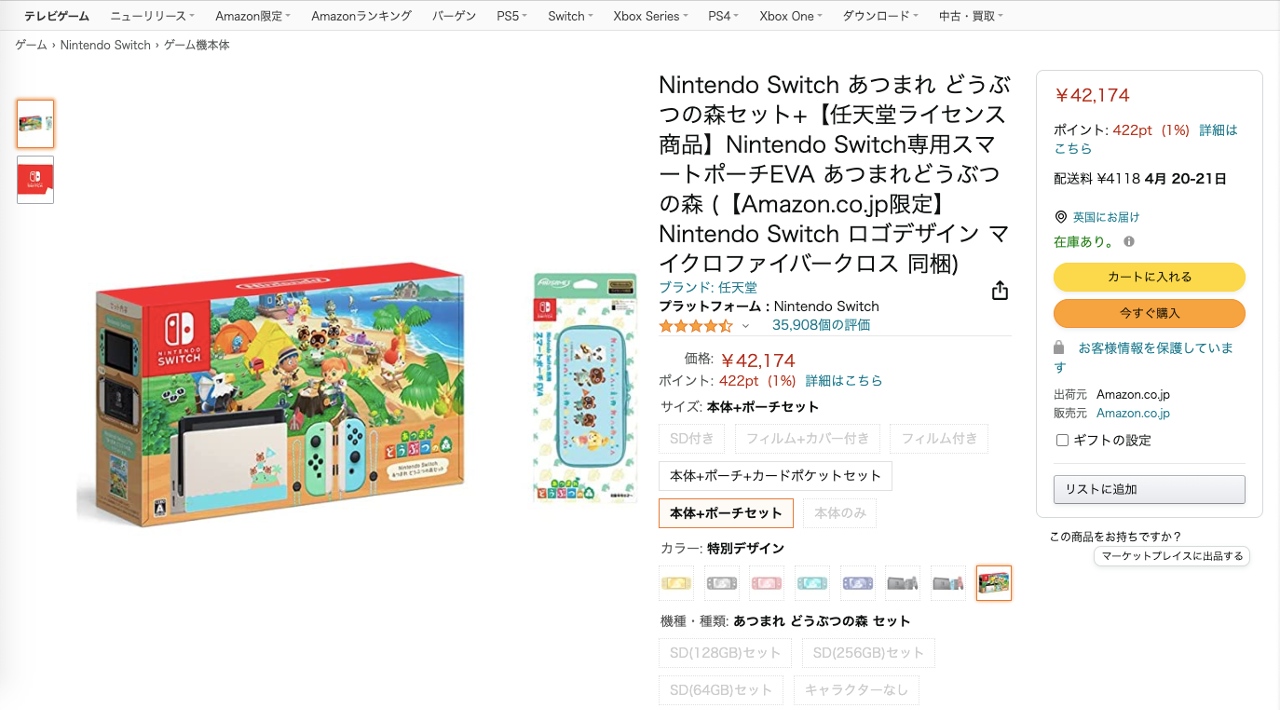
Nintendo’s Amazon listing for their popular Switch console shows us how merchants can go beyond basic product images and produce original banners that showcase the brand with more power and energy, inserting this into their manufacturer’s explanation section.
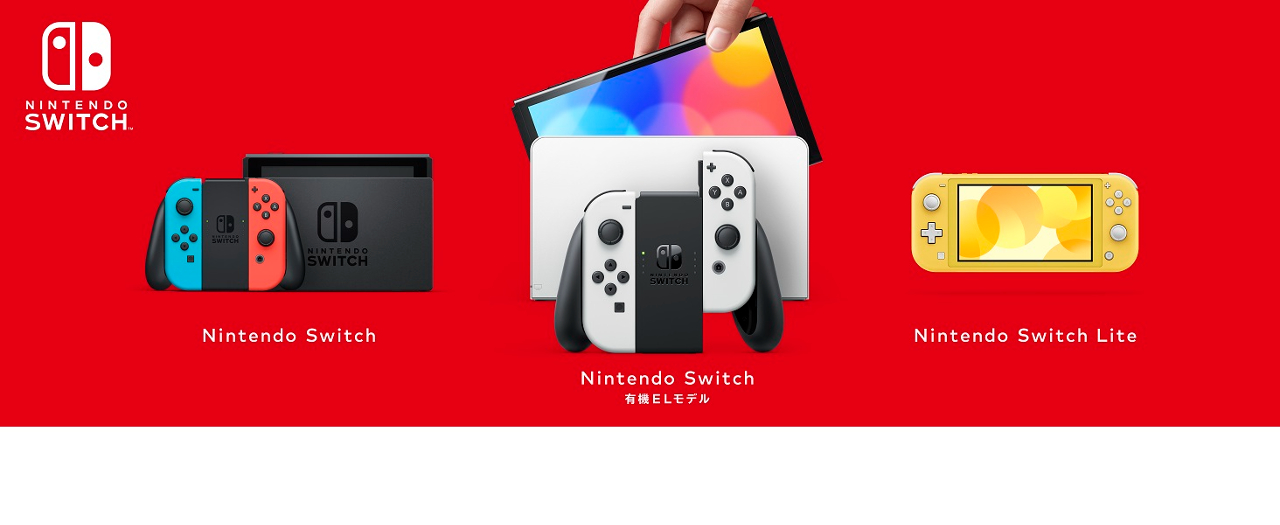
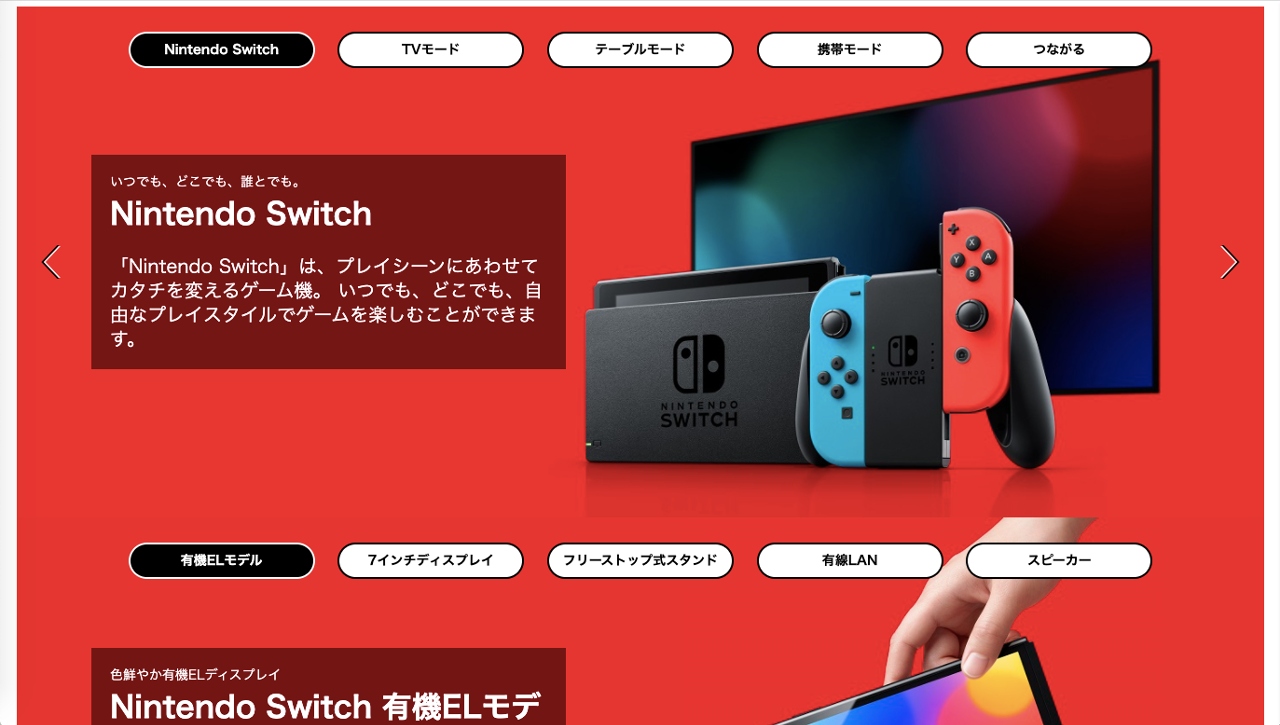
There’s a temptation to keep product pages minimal when selling on Amazon, however, pushing the boundaries of what a product page can offer adds to the overall experience for customers. This is important in a country where the virtual shopping mall model used by Rakuten and other platforms is incredibly popular.
Learn More About the Virtual Shopping Mall Experience
Marketing Your Products

One of the things that makes Amazon such a great platform to sell on is its suite of advertising and marketing features, which help your products to appear prominently in search results and on targeted pages.
Sponsored Products
Sponsored Products help your products get discovered when searchers use specific terms. This is a form of PPC marketing where you will only pay for the clicks your ads receive. Performance can be measured within the seller account and you can adjust your bids for specific keywords that relate to your stock.
Targeting niche keywords within very narrow topics is the best route to success and higher ROAS – ensuring that the people who click on your ads are the most likely to convert. Try to think about the phrases people will use when looking for products that have certain features, rather than just generic names or classifications.
Product Reviews
The Amazon Vine program is one of the best ways to gather good quality reviews. It invites the most trusted top 500 reviewers on Amazon to post opinions about new and pre-release items to help their fellow customers make informed purchasing decisions. Up to 30 products can be applied by a brand, and they are sent for free to those customers.
Also, the Early Reviewer Program can give new sellers a head start. This involves sending out sample products to verified reviewers who will help to populate your product pages with some initial user content and the credibility that comes with it.
Amazon Points
Amazon Points is a payment method for eligible items on the Amazon.co.jp website. Online shoppers earn Points by purchasing items that come with points, which can then be used on other items that are eligible. By offering Amazon Points on certain products, you can tap into the platform’s network of Japanese shoppers who actively look out for ways to accumulate points.
Lightning Deals
Lightning Deals can be a great way to move higher volumes of stock, such as last season’s line, or attract new customers with short-term promotional offerings. This is effectively a flash sale feature that allows you to promote certain products for a small window on our popular Amazon Deals pages (regularly scanned by savvy online shoppers).
SEO Marketing On Amazon Japan
It’s important not to forget that Amazon is a search engine just like Google. Using the right keywords and content is very important when trying to rank well on Amazon product search results. Success will lead to your products being seen by a bigger audience of people who are likely to convert.
It is essential to have a team of native Japanese speakers who can help you with this aspect of marketing on Amazon Japan. The people who build your product pages must be able to effectively connect shoppers to your product with the right keywords and product names.
Discover Some More Marketing Tips for Selling Online In Japan!
Advice for Brands Building a Japanese Amazon Strategy in 2022

Japanese people buy all kinds of products, from places across the globe, but they seem to prefer local products and brands. This is proven by the country’s low rates of cross-border shopping, when compared to other nations.
Foreign brands must work extra hard to establish credibility in Japan and persuade shoppers to trust the, And one of the best ways to do this is with a robust localization strategy that involves adapting or rebuilding the way you do things to completely focus on your local audience. At the very least, this will involve:
Writing new product descriptions that centre on Japanese motivations and preferences
Developing images and videos that feature Japanese models and setting (rather than Western ones)
If you’re interested in learning more about this topic, you may find the following article an interesting read: Japanese
Website Localization – Do I Need to Reinvent My Brand?
Build A Customer Service Strategy
In Japan, brands and sellers will typically go above and beyond to make sure costumes are happy. This may involve answering inquiries comprehensively through email or telephone or facilitating returns smoothly.
As such, we recommend doing whatever you can to establish a robust customer strategy as early as possible. Positive reviews are no doubt important for the growth of your business, but what’s more important is making sure you avoid negative reviews that stem from a lack of reliable customer service.
HB Pro Tip: Offering good customer service involves working with a team of native Japanese speakers who can easily field any requests for returns or direct questions or feedback from customers. This isn’t something Amazon FBA is going to handle for you.
The Importance of Sales Velocity
We believe sales velocity is incredibly important when you first start selling on Amazon Japan. Unless you’re able to drive strong sales (both in terms of quantity and total revenue generated) quickly, ecommerce platform algorithms won’t reward you with a high position in user search results.
This means that launching your products on Amazon when you don’t have the time or resources to make a strong push in the initial stages can damage your long-term success. Rather than dipping your toes in, we feel a well-timed and comprehensive launch (that combines effective marketing and platform management), is the best chance you have.
You may still find success with an approach that is slow and steady. And there are clear benefits to testing the waters before you make a heavy investment. However, this could result in much higher acquisition costs over a longer period of time.
Selling On Amazon Japan in 2022?

Amazon is probably the best ecommerce platform in Japan for most merchants who are just entering the market. And for companies who are already using the platform in other markets, the familiarity that amazon offers is priceless when you’re juggling several ecommerce activities in multiple regions.
Having said that, there is still much to prepare for and consider before you jump in. The Japanese consumer market is incredibly fast paced with trends changing almost weekly in places like Tokyo and other populated cities. Combine this with incredible high standards for product quality and consumer service and it’s clear that selling here requires a great deal of attention to get right.
If you’d like some tailored advice on how to sell on Amazon Japan as well as build a marketing strategy that works for the local market, get in touch. We’ll happily set up a call with one of our ecommerce experts!